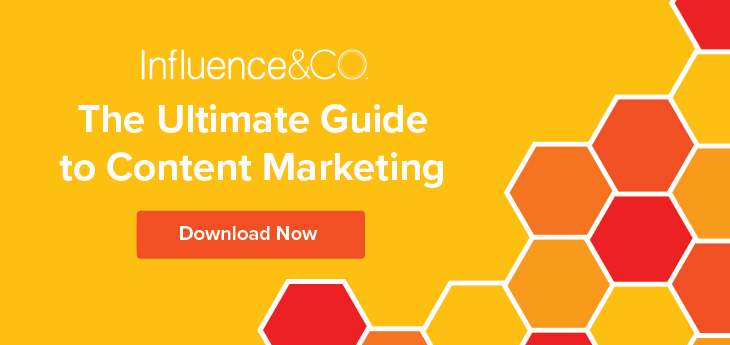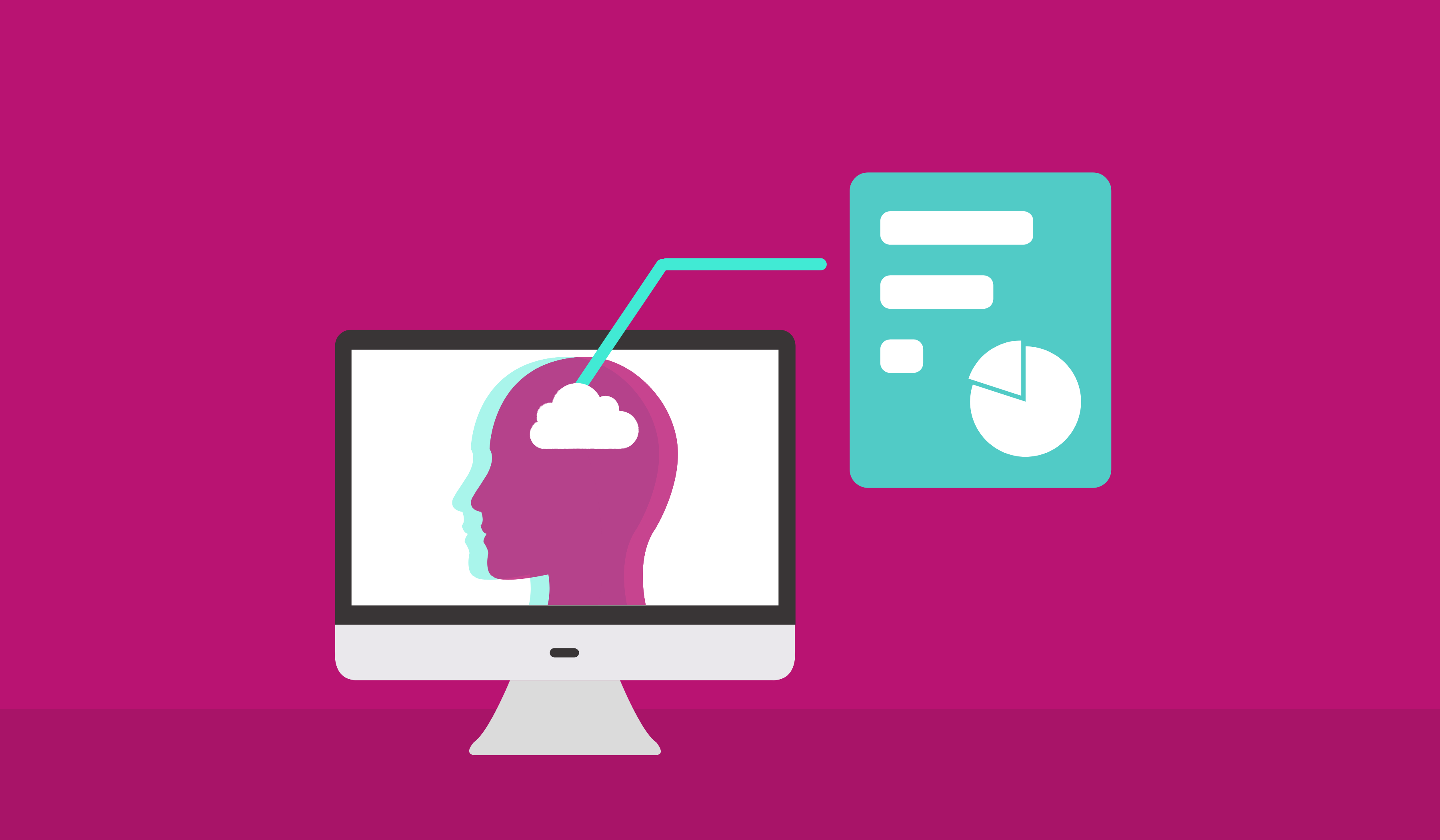There are up to 24 million e-commerce sites in the world today. With all that noise, how can you cut through the chatter and attract consumers to your site — and then persuade them to make a purchase?
Marketers have to step up their game. Imagination and creativity will always be a cornerstone of marketing, but that’s not enough. Savvy marketers need to tap into marketing psychology to understand their audiences and better predict and guide consumers’ behaviors.
In this article, we’ll look at each step of the online buying process and see how cognitive biases can be employed on a company’s website to shape marketing efforts.
Marketing Psychology and Cognitive Biases
Before we dive in, let’s take a quick look at marketing psychology and why it matters.
Implementing marketing psychology can help you predict and influence how your customers behave. It explores questions like:
• "What will affect customers’ attitudes?"
• "How will customers react to the product or service?"
• "What actions will they take?"
Here is where cognitive biases come in.
Our brains are overwhelmed by decisions daily. If we tried to make rational, well-thought-out decisions every moment, we’d be paralyzed. Instead, our brains have developed shortcuts to help us make faster decisions. These shortcuts are called heuristics.
Take dish soap, for example. The first time you bought dish soap for yourself, you probably didn’t do deep research on which was the best. Chances are you grabbed the same soap you grew up with. Your brain trusted the familiar brand and used a shortcut to choose it.
But heuristics can lead to errors in judgment. If there’s a better dish soap for you, you may never know. This is a cognitive bias, and it describes an irrational tendency in the decision-making process.
Understanding cognitive biases and applying that understanding to your marketing is crucial for up-leveling your team.
A Glimpse Into a European SaaS Company
To better understand how psychology applies to marketing, let’s take a look at the website of Exponea, a company that I work with. We use marketing strategies based on consumer psychology at each stage of the buying process.
The ‘Typical’ Buyer’s Journey
To kick things off, here’s the example scenario: Exponea has a customer (a small e-commerce fashion retailer) that’s looking to improve its marketing automation. That small e-commerce fashion retailer will go through five phases:
1. Attention (first visit)
2. Interest (browsing the selection)
3. Consideration (considering options)
4. Decision (making a final decision)
5. Action (making a purchase)
Let’s focus on one powerful cognitive bias used in each phase.
Attention Phase: Homepage Strategy
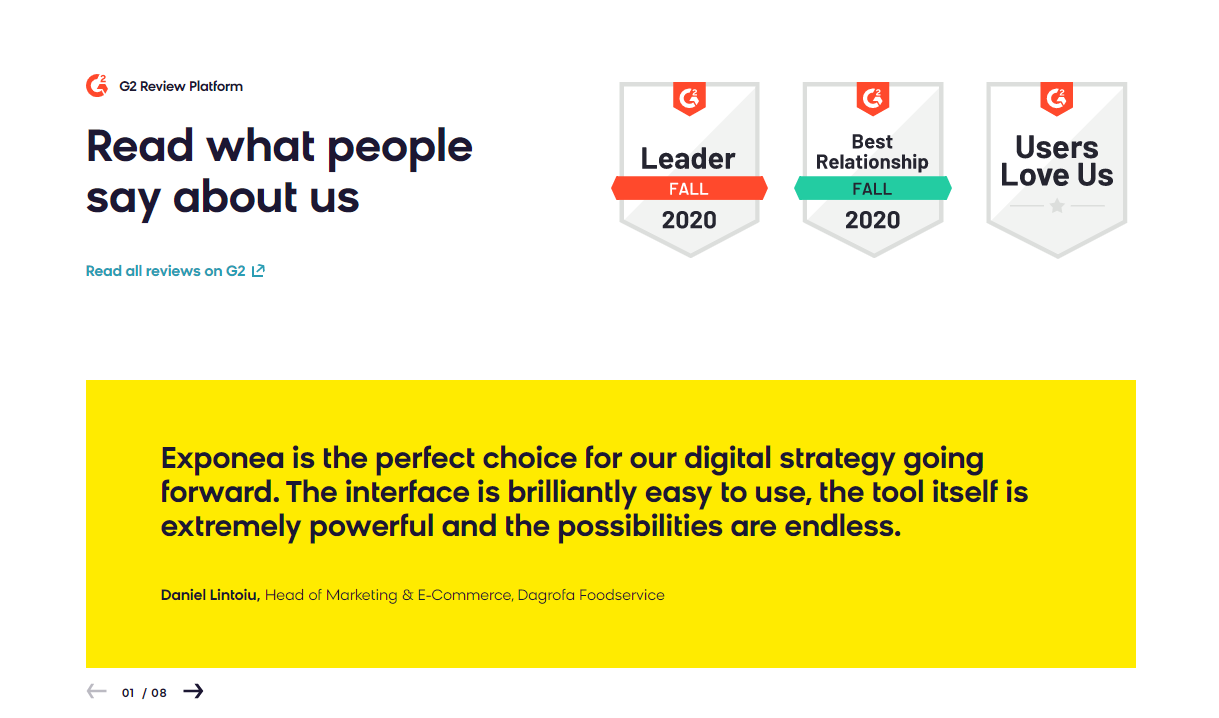
One of the first things you might notice on the homepage is that it contains customer reviews in your language. Right away, this evokes a sense of trust toward the site and Exponea’s products. This cognitive bias is called social proof. Our brain tends to think positively of anything that’s being praised and approved by others.
Interest Phase: Browsing
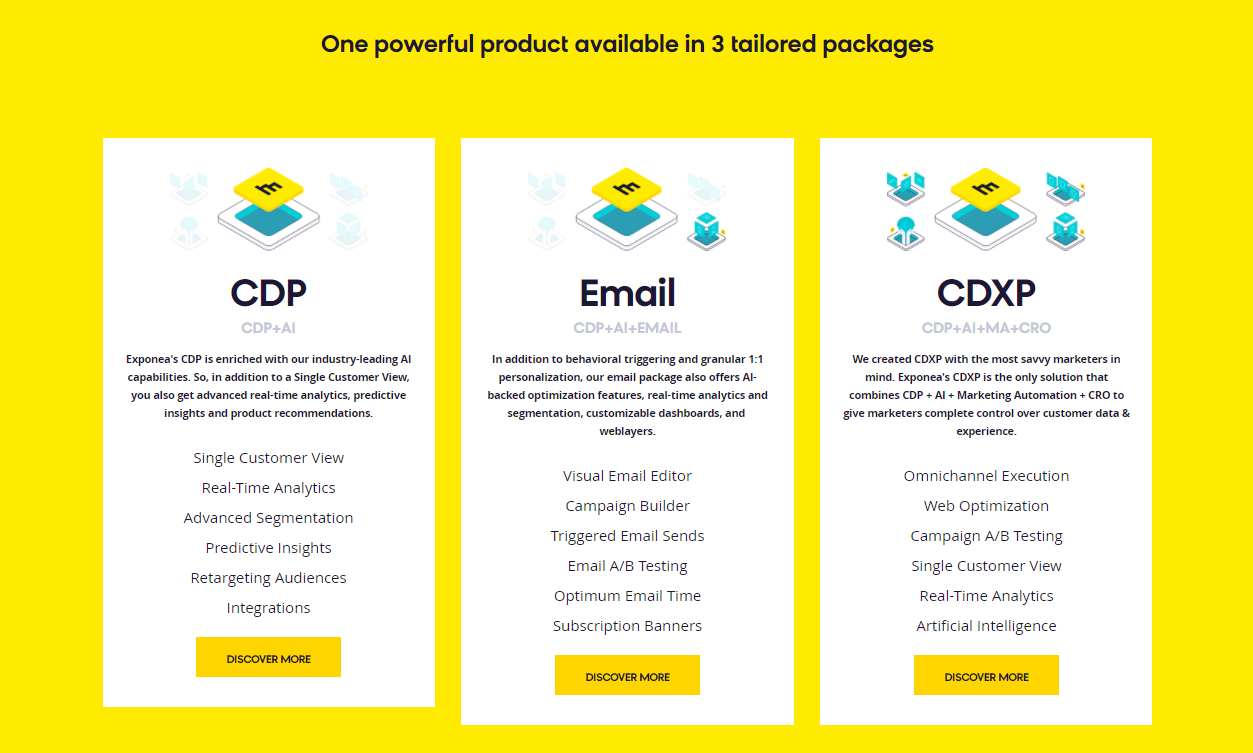
Now that the fashion e-commerce retailer has confidence in the product thanks to the customer reviews on the homepage, it is time to take a look around the website to begin the selection process.
Functional fixedness is a type of cognitive bias that involves a tendency to see objects as working only in a particular way. If this fashion e-commerce retailer has come searching for assistance with email marketing, the retailer is now browsing for the best email marketing option.
But what if there are tools that can help in other areas of marketing automation that this retailer can benefit from? For example, a single customer view, predictive insights, or omnichannel execution could be beneficial.
When Exponea takes the opportunity to offer all relevant features of each product, it ensures that customers will not get caught up in thinking that a certain product works only a certain way. It helps customers to see all features of the product and brings a sense of value to the buyer during the browsing process.
Consideration Phase: Purchase Influencing Strategy
The next step is to check out the product packages and make initial decisions about which might be the best fit for the retailer.
Our website helps you get closer to making a decision by categorizing the initiatives into "CDP," "Campaigns," and "CDXP" packages.
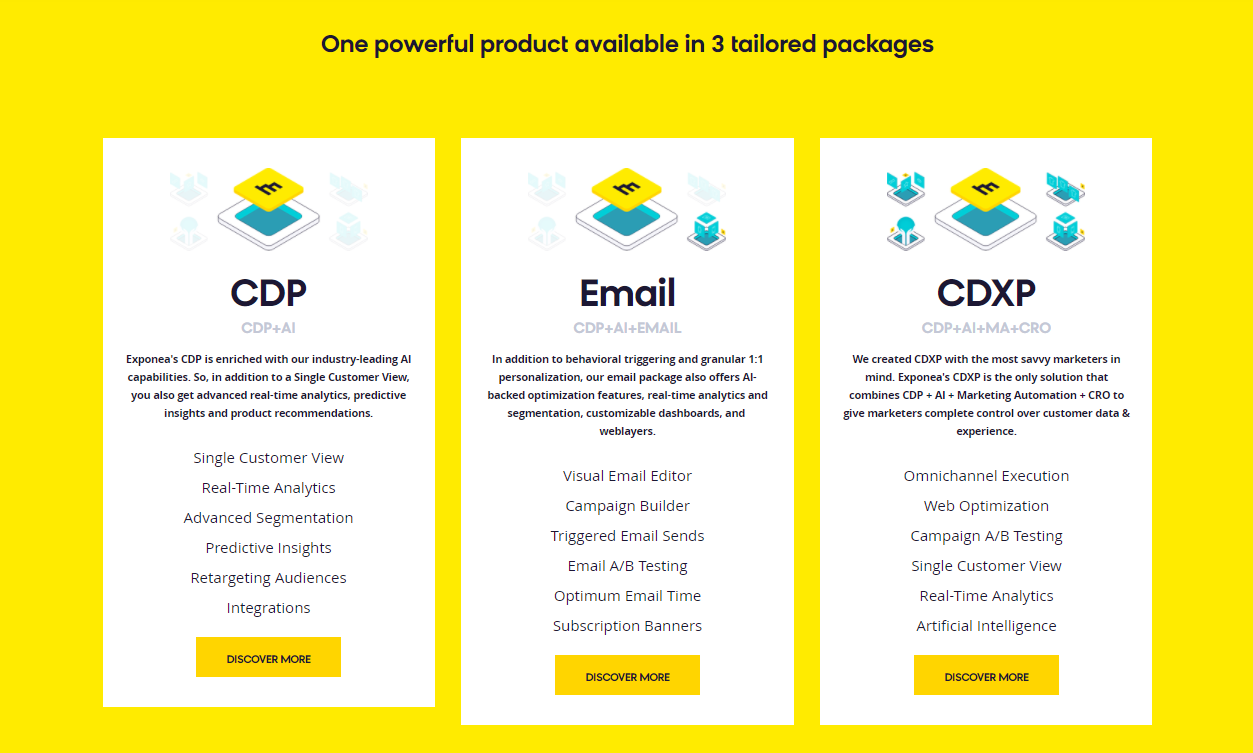
This demonstrates the framing effect, a cognitive bias in which a customer perceives a product positively or negatively based on the language used and whether it’s presented with positive or negative connotations.
Decision Phase: Product Page Strategy
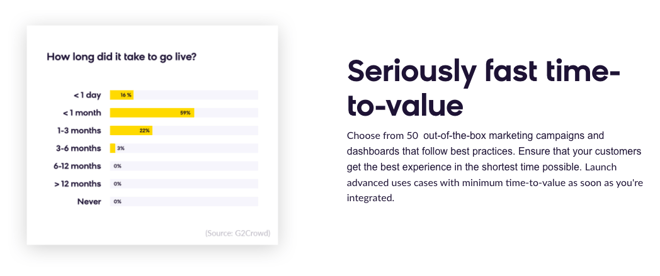
If you’re dazzled by a huge array of product choices, you might hesitate to make that final decision. Here is where doubt avoidance comes into play. The cognitive bias of doubt avoidance is when people make a quick decision to avoid the feeling of doubt.
The content on the packages page that’s designed to ease the fashion retailer’s fears about making the software purchase uses phrases such as "Deep customer knowledge," "effortless data activation," and "seriously fast time-to-value." The paragraphs that follow those headers help the purchaser avoid doubt.
Action Phase: Next Steps
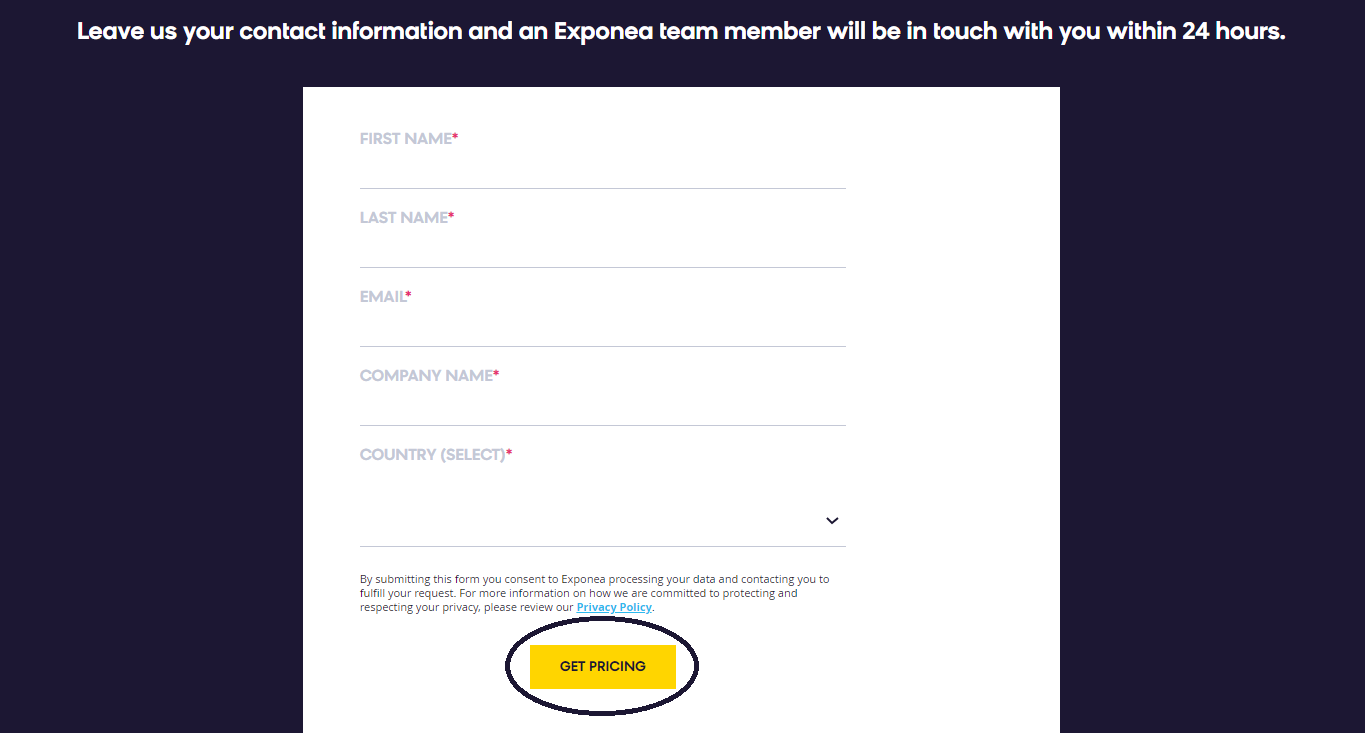
Once the fashion retailer has an idea about which software fits best, it’s time to talk to an expert. The "get pricing" button is reinforcing the doubt avoidance cognitive bias here, removing any lingering doubt about the retailer’s final decision by offering the chance to talk to a software expert who will walk the retailer through the purchase process.
If your brand would like to improve the effectiveness of your website and close more business, try tapping into marketing psychology. Considering these cognitive biases can help your marketing team boost its effectiveness and refine the buyer’s journey.
Are you wondering how you can use content marketing to engage your audience and nurture them through the buyer’s journey? Download your free content marketing guide below.
